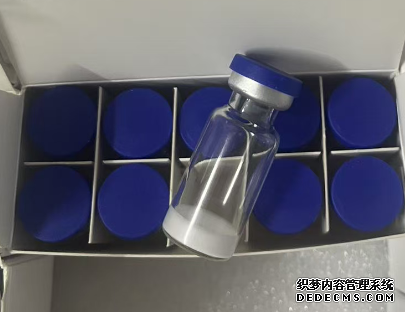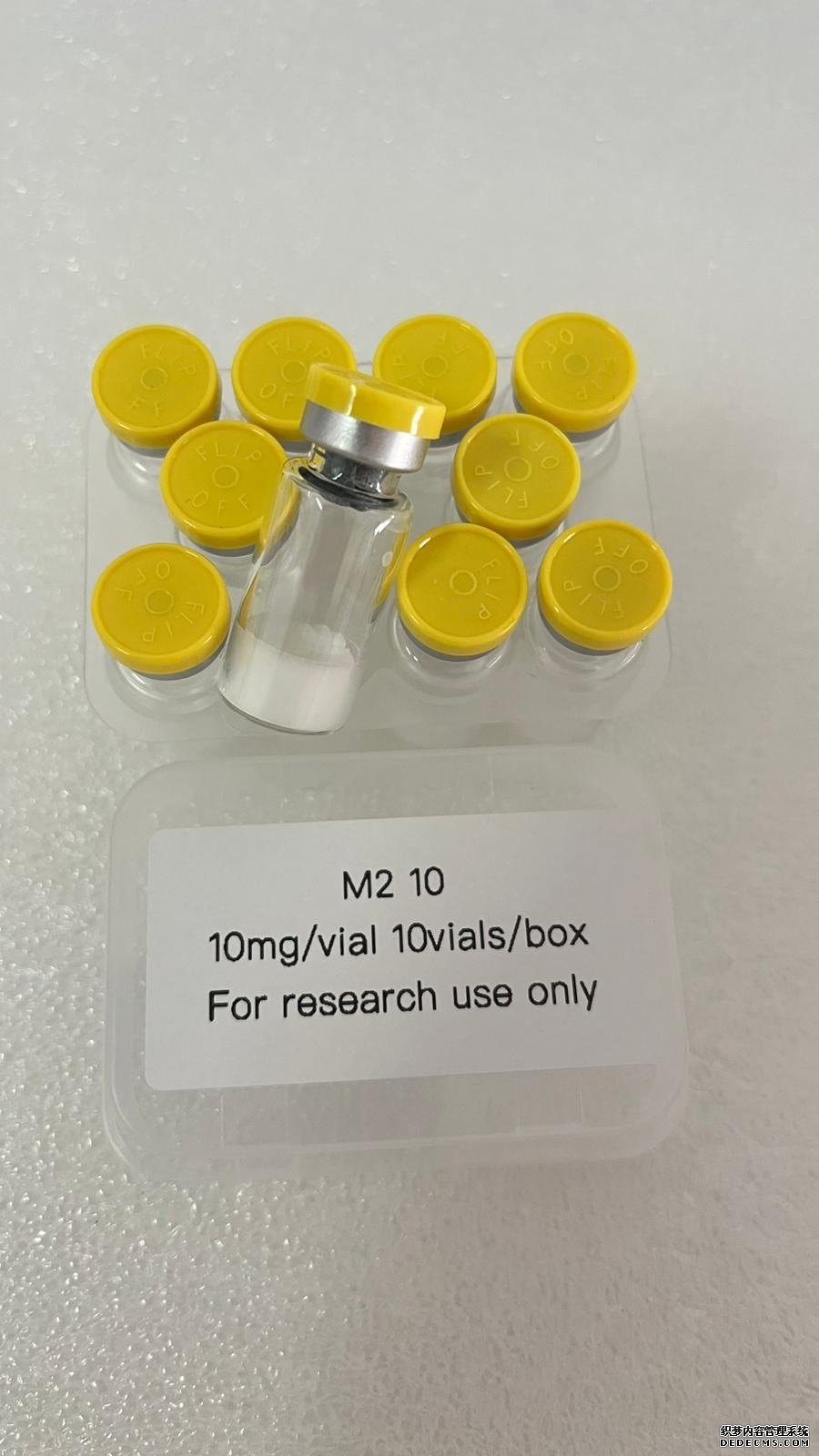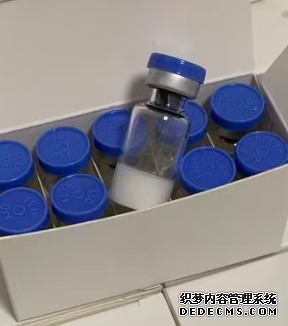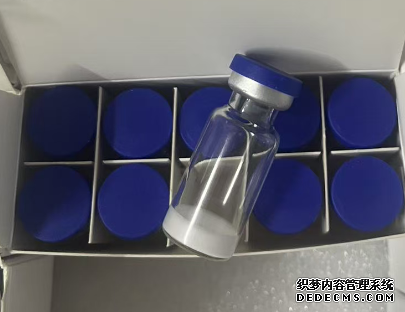HOME > Product List > Peptide 肽类 >
- PREVIOUS:KissPeptin-10 5mg 10mg
- NEXT:Adipotide/FTTP 5mg 10mg
Triptorelin Acetate GnRH Triptorelin 5mg 10mg
$50 $0 MORE & SAVE!BULK QUANTITY DISCOUNT RATES
Triptorelin Acetate, as a highly effective GnRH agonist, through precisely regulating the HPG axis, has extensive application value in the fields of oncology, gynecology, and reproduction.
Product Details
I. Basics of GnRH (Gonadotropin - releasing Hormone)
GnRH is a decapeptide hormone secreted by the hypothalamus. It acts on the anterior pituitary through pulsatile release, regulating the secretion of luteinizing hormone (LH) and follicle - stimulating hormone (FSH), and further regulating the functions of the gonads (ovaries, testes). It is a core signaling molecule of the hypothalamic - pituitary - gonadal axis (HPG axis).
Physiological functions:
Female: Regulates the menstrual cycle, ovulation, and the synthesis of estrogen and progesterone.
Male: Promotes the synthesis of testosterone and the production of sperm.
Secretion characteristics: The physiological pulse frequency varies with the physiological state (such as adolescence, reproductive age, and menopause). Abnormal pulse patterns (such as continuous high concentration) can lead to pituitary receptor desensitization and inhibit the secretion of LH/FSH (the "down - regulation" effect).
II. Triptorelin Acetate: GnRH Agonist
1. Molecular Structure and Characteristics
Nature: Artificially synthesized GnRH analog, with an amino acid sequence highly similar to that of natural GnRH (glycine at the 6th position is replaced by D-tryptophan), and the acetate form enhances stability.
Action characteristics:
The binding affinity to pituitary GnRH receptors is stronger than that of natural GnRH (the affinity is increased by approximately 100 times).
Initially, it stimulates a transient increase in LH/FSH ("flare-up effect"). Continuous administration leads to receptor downregulation and desensitization, inhibiting the secretion of LH/FSH ("downregulation").
2. Mechanism of Action
Biphasic Effect:
Short - term (1 - 2 weeks): Agonize the receptors, promote the pulsatile release of LH/FSH, and the levels of sex hormones (estradiol, testosterone) increase transiently.
Long - term (after 2 - 4 weeks): Sustained receptor activation leads to endocytosis, degradation, and down - regulation of gene expression. The secretion of LH/FSH is inhibited, and the levels of sex hormones are significantly reduced (to the castration level).
III. Application Scenarios
Cancer Treatment
Prostate Cancer (the most common indication in men):
Used for advanced androgen - dependent prostate cancer. It shrinks the tumor or delays progression by inhibiting testosterone synthesis (castration therapy).
The initial "flare - up effect" may lead to aggravated bone pain or urethral obstruction. Anti - androgen drugs (such as bicalutamide) need to be used in combination for prevention.
Breast Cancer (in pre - menopausal women):
By inhibiting estrogen secretion, combined with chemotherapy or endocrine therapy to improve prognosis.
Gynecological Diseases
Endometriosis:
Inhibits ovarian function, reduces the activity of ectopic lesions, relieves pain and shrinks the lesions.
Uterine Fibroids:
Reduces estrogen levels, causing the fibroids to shrink. It is used to shrink fibroids before surgery or improve anemia symptoms.
Precocious Puberty (in children):
Inhibits the premature onset of puberty, delays bone maturation, and improves final height.
Assisted Reproductive Technology (ART)
Controlled Ovarian Stimulation (COS):
In the long - term protocol, triptorelin is first used for down - regulation (inhibiting the endogenous LH surge), and then exogenous FSH/HMG is given to promote ovulation, increasing the number of retrieved eggs and cycle controllability.
It can replace natural GnRH agonists (such as buserelin) to reduce the risk of premature ovulation.







 QQ客服
QQ客服